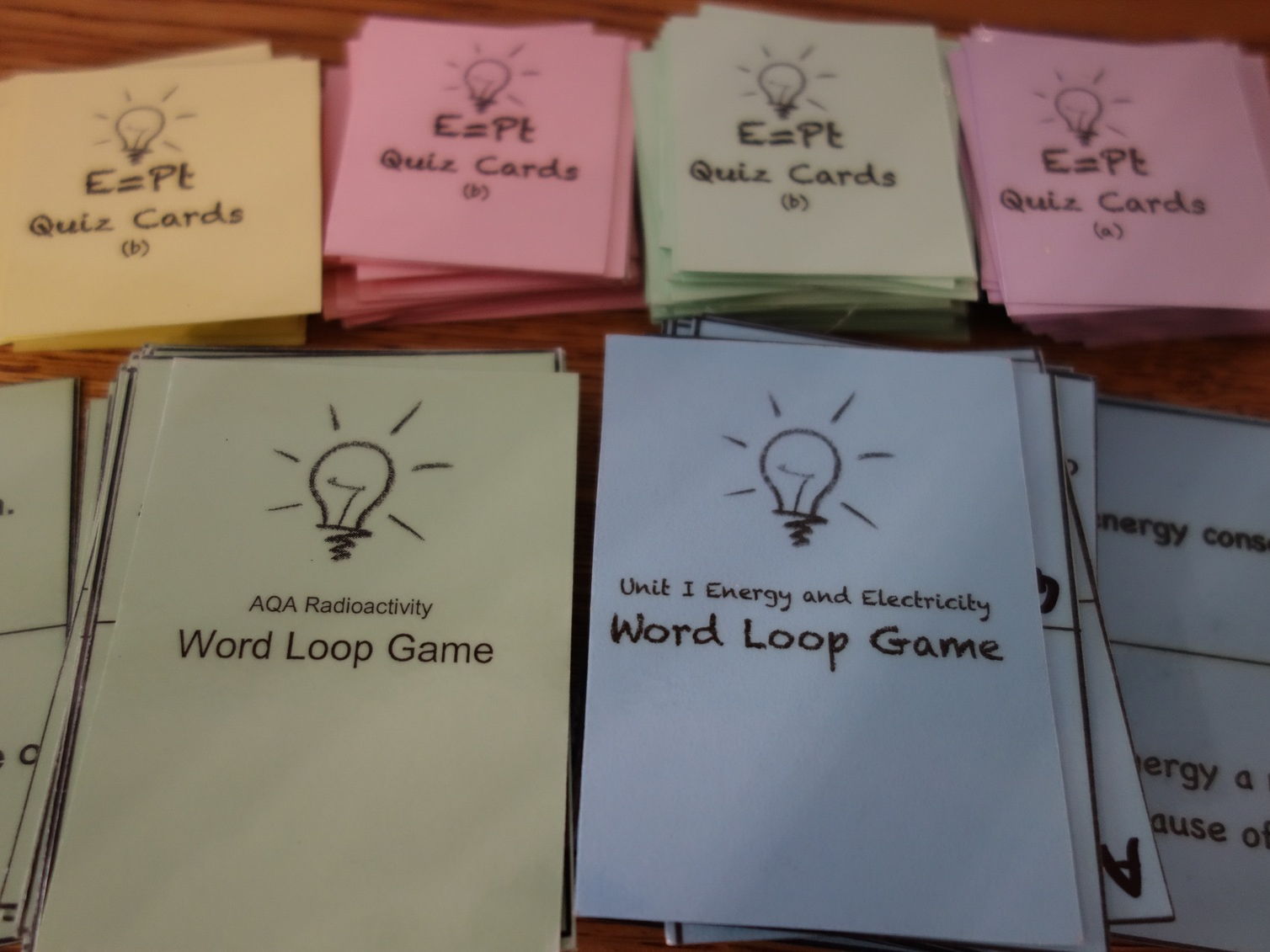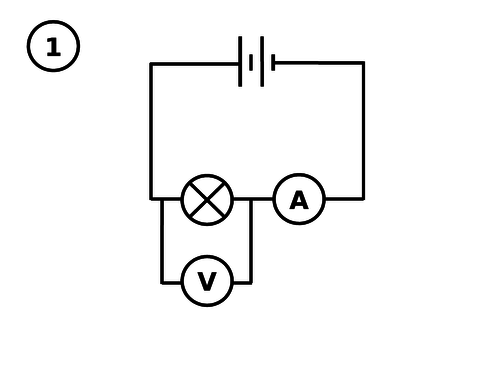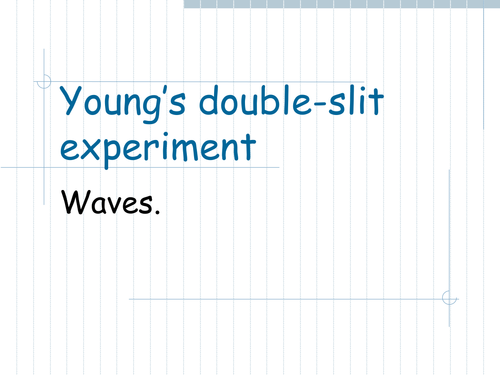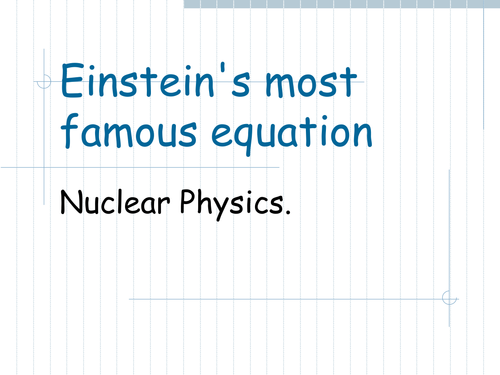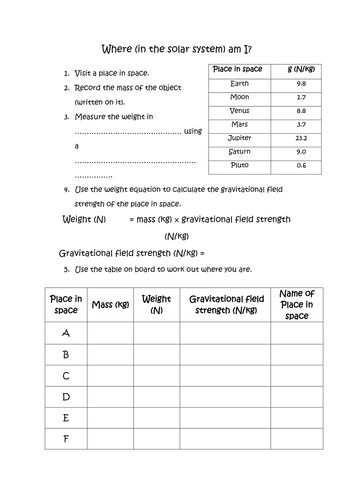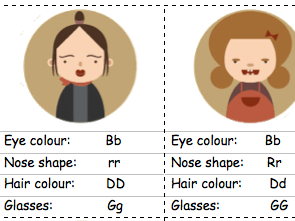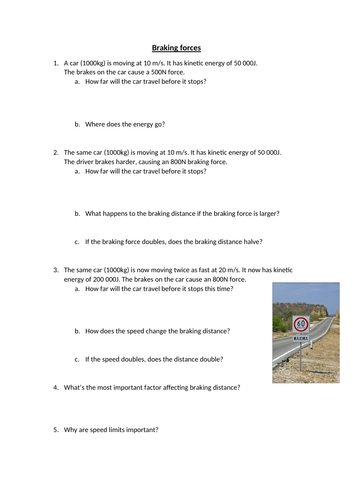
87Uploads
59k+Views
11k+Downloads
All resources
Bundle

Ideal gases A-level Physics lessons
3 presentations talking students through some difficult concepts in the ideal gas topic in A-level Physics
Bundle

SHM Simple Harmonic Motion Resources
A few resources for the Simple Harmonic Motion topic in A level Physics.
There is a differentiated worksheet on resonance and damping, including questions across the topic aimed at E-A* students.
There is a pendulum-bob template for definitions.
There is also a 60 minute test on the Simple Harmonic Motion topic, made up of past paper questions from OCR, with a mark scheme.
Enjoy!
Bundle

How to's
A collection of help sheets to support students in answering questions, drawing and interpreting graphs, and planning scientific investigations.
I've laminated these and put them in a folder on my display board so that students can help themselves when they need more support.
Bundle

Physics Word loop game cards
Some word loop games for Energy and Electricity, and Radioactivity.
I've also included some quiz cards on Power, energy and time, P=Et.
Bundle

Salts and word equations
A few resources to help students understand how to write word equations. This includes reaction dice, a worksheet on naming salts, and a displacement reaction worksheet.
Bundle

OCR KS5 A level Physics test bundle
Four 60 minute tests for KS5 Physics made up on OCR past paper questions.
These are on Momentum and collisions, Nuclear and Particle Physics, Simple Harmonic motion and Work, Energy and Power.
Bundle

Bitesize Physics Revision worksheets (Electricity, energy, waves and motion)
Please Review!
These are worksheets in a series made to summarise and recap topics from GCSE Physics. Some have two versions for dual award and separate scientists.
All worksheets are based on BBC bitesize pages with the same name, with a QR code to guide students to the correct page. All the answers to the front page can be found there.
There is then a 15 mark exam-style question to test their new knowledge. Every worksheet in the series is out of 15 so students can track their progress. I’ve used them with year 11, and set them as homework, that way they are forced to revise early!
This is designed to help revise for the Edexcel iGCSE in Physics, but is fairly universal and should fit with any exam board.
Includes PDFs for easy printing, and word documents for editing.
There are also series for energy, waves and motion which can be bought separately.

Dinosaur food chains
I used these information cards on different dinosaurs to start a project with my year 7s.
I told my students that we were designing a fish tank, but for dinosaurs! They had to choose their favourite for their tank. They had to think about other dinosaurs they’d have to include to create a food chain for their pet, as well as the habitat. More able students also thoughts about other things they might want to include based no the adaptations of their chosen dinosaur.
Alternatively, students could use these to make a food chain, or food web, and the extension task could be to write about their adaptations or habitats.

Kirchhoff's whispers (a circuit building game)
Put pupils into 6 groups at 6 stations round the room.
Pupils are given a card with a circuit diagram on it, they must build the diagram and then flip over the card.
At the next station, they have to draw the circuit diagram and then take apart the circuits.
At the next station they have to build the circuit based on the diagram they see, then throw away the diagram.
They game continues for as long as you want it to!
This assesses and develops their circuit building and drawing skills.
It also shows them why it's so important to draw circuit diagrams carefully.
I've printed this double sided, then laminated so that they can draw the circuit on the back in whiteboard pen.
Enjoy!
Please review!

Specific heat capacity puzzle
A Tarsia puzzle on Specific heat capacity. Includes units, and equation questions to test concept and maths.
Works well as a class competition, or would make a nice display.
Pupils cut out puzzle pieces to complete one each I’ve included a solution as well.

Particle motion in a gas crossword
A crossword puzzle on motion of particles in a gas. This includes the idea that gases cause pressure, and the effect of temperature.

Youngs double slit and diffraction gratings
My lesson on young double slit and diffraction gratings.
Talks them through the derivation as well as the concepts.
Bundle

A-level Physics waves bundle
Some lessons from the waves topic in A-level Physics,
including Interference, young's double slit, diffraction, stationary / standing waves and polarisation

Particle guess who
Classic Guess who game but with subatomic particles.
Students can practise using key terms like baryon, meson, hadron, lepton, anti-matter, charge, quark etc

Mass defect and binding energy
My lesson on mass defect and binding energy.
Talks them through the equation and how to use it.

Where in space am I?
A worksheet on gravity and weight.
This includes a technician guide. Students weigh different objects which are labelled with their mass. They then try and work out which planet they are on using the W=mg Weight, mass, gravitational field strength equation.
Bundle

Forces resources
Some resources on the forces topic. Could be used for KS3 or GCSE.
This includes a Forces true/false introduction worksheet, a balancing forces worksheet, a rockets forces worksheet and a worksheet on the Weight equation in Space.

Inheriting genes, genetics, and punnett squares activity
Students pick two characters, pair them up, and draw 4 punnett squares to find out what their children will look like.
This is an opportunity to practise punnett squares.

Hubble's law and the Redshift equation
A worksheet allowing pupils to calculate recessional velocity using the change in wavelength of spectral lines from stars.
This focuses on using the v/c = change in wavelength / wavelength equation.
After answering the 5 questions, pupils can conclude that the more distant the galaxy, the faster it is moving, which makes a great introduction to redshift and the Big Bang Theory.
There is an extension task to plot the recessional velocity against distance, calculate Hubble’s constant and calculate the age of the Universe.
If calculated correctly, pupils should conclude that the Universe is 13.8 billion years old.
Answers included.
The extension task is a great way to stretch and challenge the most able at GCSE, while the main task allows weaker pupils to practice using the Doppler shift redshift equation.
This could also act as a nice task for A-level pupils, studying Hubble’s law.

Braking forces worksheet - Work done against friction
A worksheet on braking forces. These reinforce the Work done equation as pupils calculate the stopping distance for cars moving at different speeds.
There are also some questions on where the energy goes and the affect of speed on braking distance.
Answers are also included.




